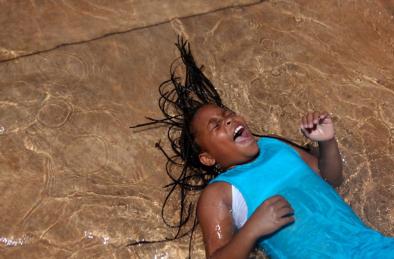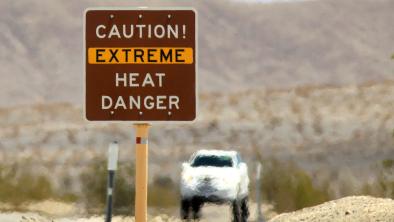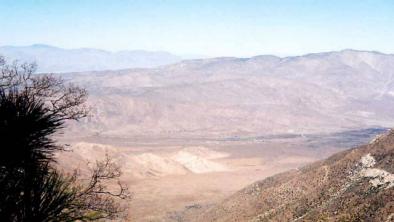Science Source
Contiguous US summer maximum temperature and heat stress trends in CRU and NOAA Climate Division data plus comparisons to reanalyses
- States that warming is a major climate change concern, but the impact of high maximum temperatures depends upon the air’s moisture content.
- Tracks trends in maximum summertime temperature, moisture, and heat index over three time periods: 1900–2011, 1950–2011, and 1979–2011
- Finds that these trends differ notably from annual temperature trends
- Finds that maximum temperature trends tend towards warming that is stronger over the Great Lakes, the interior western and the northeastern contiguous United States
- Finds that a warming hole in the Midwest generally decreases in size and magnitude when heat stress trends are calculated because the region has increasing moisture
- Finds that moistening in the northeast amplifies the heat stress there, and that moisture trends are less clear elsewhere the moisture trends are less clear
- Finds that drying over northern Texas (after 1996) translates into decreasing heat stress there
Related Content
Headline

Aug 21, 2019 | Colorado Springs Gazette
Colorado Springs ties temperature record amid statewide heat wave
Headline

Aug 20, 2019 | Earther
It Could Crack 120 Degrees in Death Valley as Extreme Heat Roasts Much of the U.S.
Headline

Aug 20, 2019 | The Verde Independent
Weather Service: High pressure stalling monsoon storms
Headline

Aug 20, 2019 | Times of San Diego
Temperatures Could Reach 119 in County Deserts Amid Heat Wave


